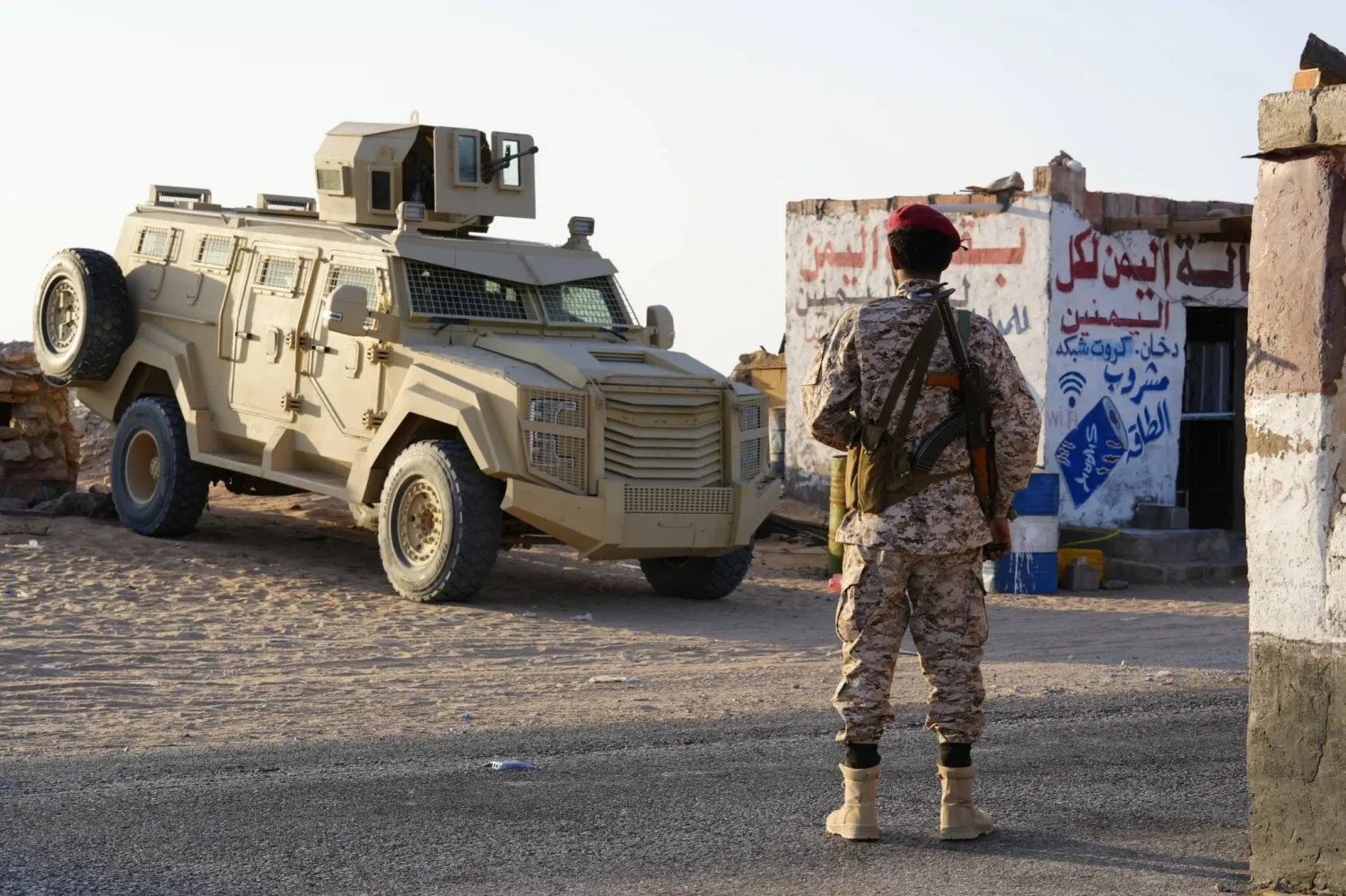Israel's military has incorporated Artificial Intelligence (AI) technology into combat operations in Gaza, marking the first deployment of such advanced weaponry in the months-long war.
The move sparked concerns about the implications of autonomous weapons in modern warfare.
A senior defense official revealed that the AI-enabled tech is primarily focused on neutralizing enemy drones and mapping Hamas's extensive tunnel network in Gaza.
Israel's tech industry is currently facing challenges due to the war in Gaza. The sector, which accounted for 18 percent of GDP in 2022, has been affected by the conflict, with an estimated eight percent of its workforce called up for military service.
"In general, the war in Gaza presents threats, but also opportunities to test emerging technologies in the field," said Avi Hasson, chief executive of Startup Nation Central, an Israeli tech incubator.
"Both on the battlefield and in the hospitals, there are technologies that have been used in this war that have not been used in the past."
But the rising civilian death toll shows that much greater oversight is needed over the use of new forms of defense tech, Mary Wareham, an arms expert at Human Rights Watch, told Agence France Presse.
"Now we're facing the worst possible situation of death and suffering that we're seeing today -- some of that is being brought about by the new tech," she said.
More than 150 countries in December backed a UN resolution identifying "serious challenges and concerns" in new military tech, including "artificial intelligence and autonomy in weapons systems."
- 'Angry Birds'
Hamas on October 7 launched an unprecedented attack on Israel, resulting in the deaths of about 1,160 people in Israel, mostly civilians, according to an AFP tally based on official figures.
Hamas also seized around 250 hostages, and Israel says some 132 remain in Gaza, including at least 29 believed to have been killed.
Israel's military response has killed nearly 28,000 people in Gaza, mostly women and children, according to the Hamas-ruled territory's health ministry.
Like many other modern conflicts, the war has been shaped by a proliferation of inexpensive unmanned aerial vehicles (UAVs), also known as drones, which have made attacks from the air easier and cheaper.
Hamas used them to drop explosives on October 7, while Israel has turned to new tech to shoot them down.
In a first, the army has used an AI-enabled optic sight, made by Israeli startup Smart Shooter, which is attached to weapons such as rifles and machine guns.
"It helps our soldiers to intercept drones because Hamas uses a lot of drones," said the senior defense official.
"It makes every regular soldier -- even a blind soldier -- a sniper."
Another system to neutralize drones involves deploying a friendly drone with a net that it can throw around the enemy craft to neutralize it.
"It's drone versus drone -- we call it Angry Birds," the official said.
The Wall Street Journal reported last month that the United States -- Israel's main international ally -- was training its own soldiers to shoot down drones using Smart Shooter's optic sights.
- Hamas tunnels
Another development involves the use of AI-powered drones to map and navigate the extensive underground tunnel network in Gaza stretching over 500 kilometers. These tunnels are crucial hiding places and locations where hostages are held.
To map the tunnels, the army has turned to drones that use AI to learn to detect humans and can operate underground. It is being used in Gaza "to enter into tunnels and to see as far as the communication lets you," the senior Israeli defense official said.









